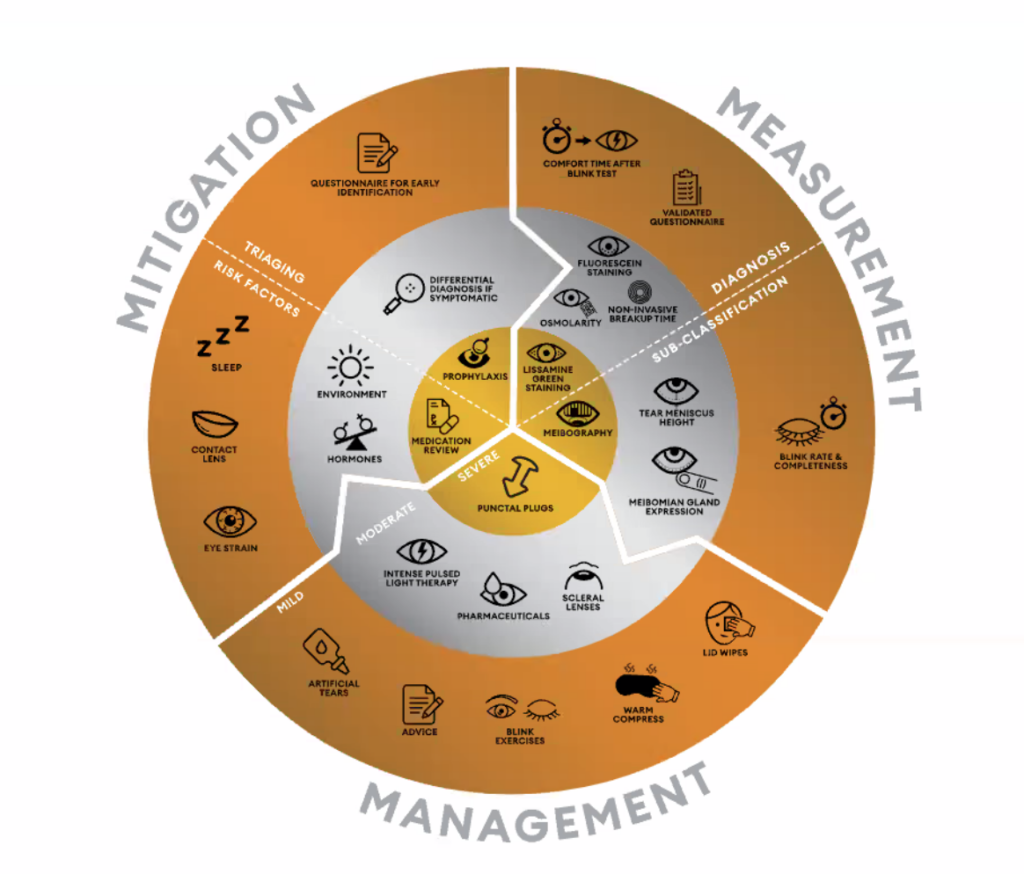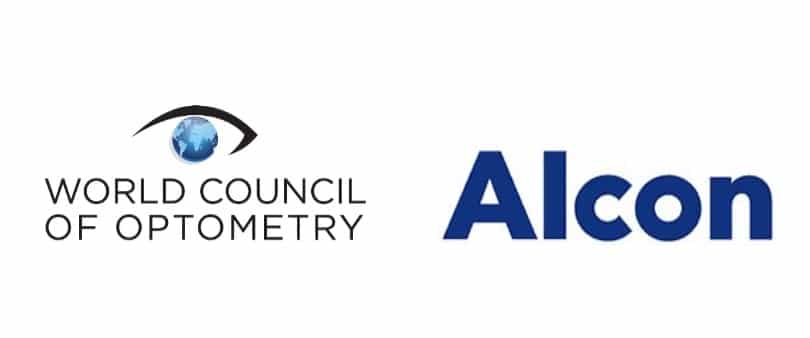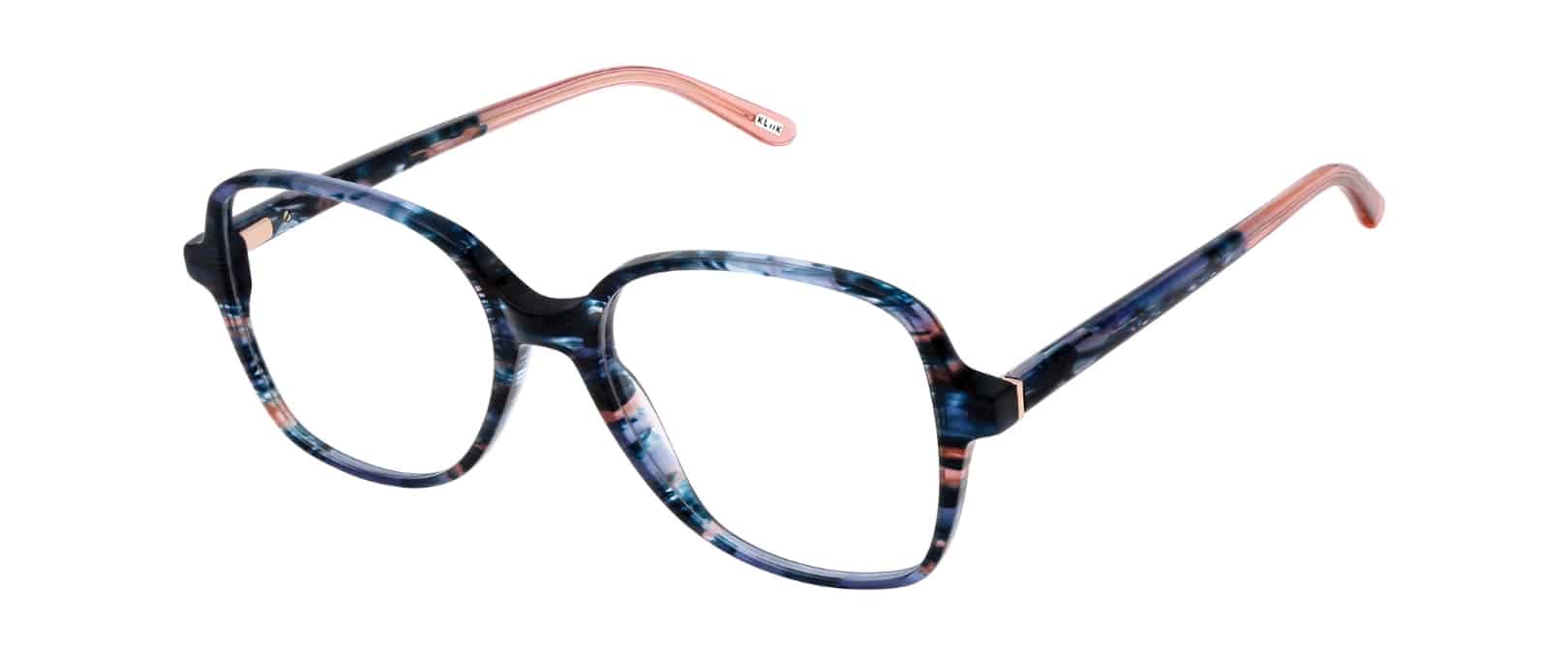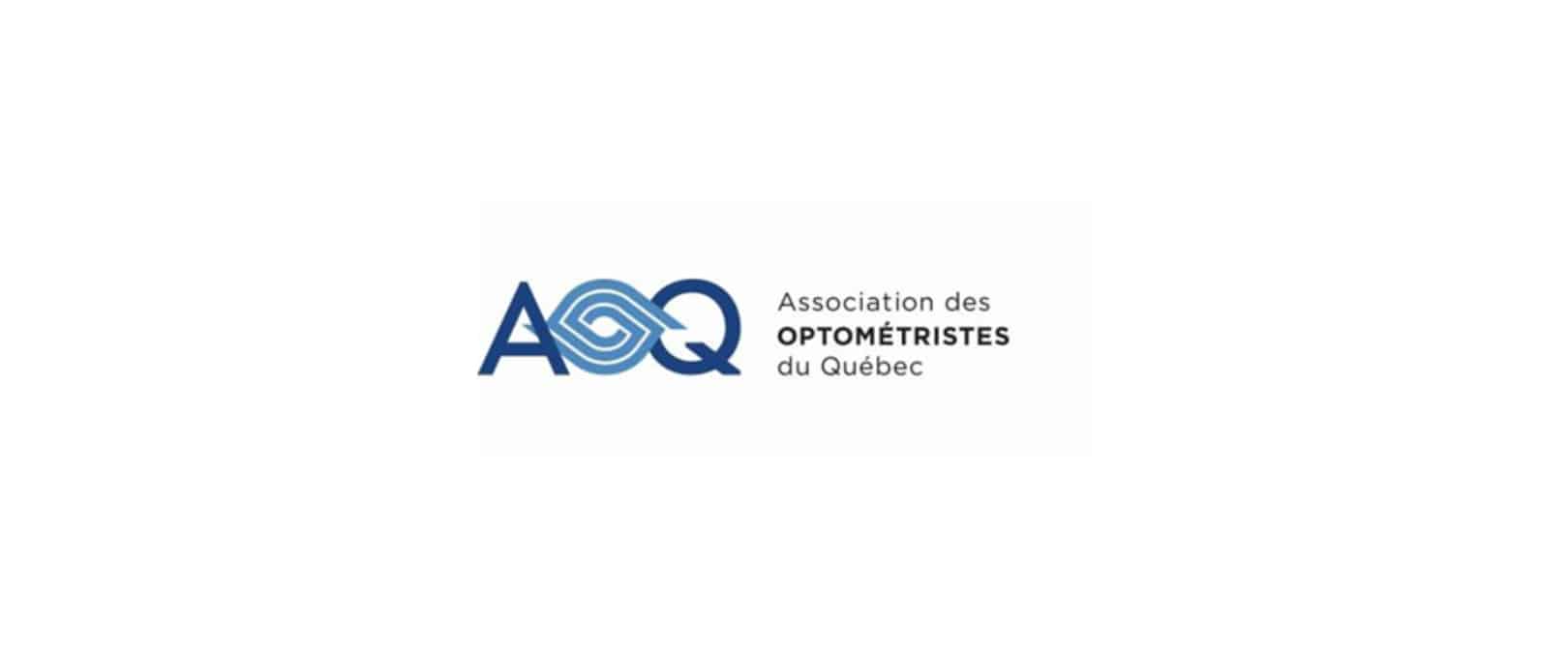The World Council of Optometry (WCO) and Alcon officially launched a new practical tool to help with the diagnosis and treatment of dry eye disease concluding an initial series of complimentary global dry eye disease education initiative online events.
Videos are now available on demand at dryeye.worldcouncilofoptometry.info. The WCO Alcon Dry Eye Wheel, developed by world-renowned educators Professors Jennifer Craig, Lyndon Jones, and James Wolffsohn, is an at-a-glance, interactive tool designed to easily reference the three pillars of mitigation, measurement, and management, and to be accessible for broadest possible use.
World Council of Optometry President-Elect Dr. Sandra S. Block, O.D., M.Ed., MPH, FAAO, FCOVD said, “We are deeply grateful to Professors Craig, Jones and Wolffsohn for their amazing insight on the diagnosis and treatment of dry eye disease during this initial series of webinars. The WCO Alcon Dry Eye Wheel will allow clinicians to integrate mitigation, measurement and management of dry eye disease into practice immediately.”
Alcon Global and US Head of Professional Education and Development Carla Mack, OD, MBA, FAAO, FBCLA said, “The WCO Alcon Dry Eye Wheel is a fantastic tool that aims to deliver a great deal of knowledge and an easy-to-apply approach in eye care practices worldwide.”
From the University of Auckland (New Zealand), Head of the Ocular Surface Laboratory within the Department of Ophthalmology Jennifer Craig, Ph.D., FCOptom, FAAO, FBCLA, FCLS explained, “The tables within the wheel represent different complexities within what we do. The bronze outer ring shows the simplest, most common things to do to mitigate dry eye disease that are easy, don’t require additional equipment and can help the majority of affected individuals. The silver ring represents slightly more complex versions of the disease that we may be managing and describes basic tools and skills we can use to help at this level, and the gold bullseye reflects the smaller, more complex group of patients that may be in need of more advanced techniques for dry eye disease management.”

Lyndon Jones, DSc, FCOptom, FAAO, Director of the Centre for Ocular Research & Education (CORE) in the School of Optometry and Vision Science at the University of Waterloo (Canada) said, “Once you’ve performed one or more management strategies, the level of dry eye disease hopefully changes and it’s important at that point to re-evaluate where the patient now lies on the spectrum, so that the treatment and mitigation strategies can be adjusted accordingly. The concept of using the wheel from the outer to inner layer, keeping things simple wherever possible, and then continually following it around is a great way of thinking about how to manage patients with dry eye disease.”
Aston University (UK) School of Optometry and Audiology Head James Wolffsohn, BSc, MBA, Ph.D., FCOptom, FAAO said, “As a duty of care, we need to manage our patients’ dry eye disease at whatever level we’re able to, keeping in mind that only a small number of patients will need the highest level of practice.”
The dry eye disease education initiative website also features other evidence-based, practical tools that eye care professionals can use regardless of their geographic location or available resources.
WCO and Alcon partnered to develop the dry eye disease education initiative to raise optometrists’ understanding of dry eye and deliver resources on practical management.
Click HERE for the full press release.












